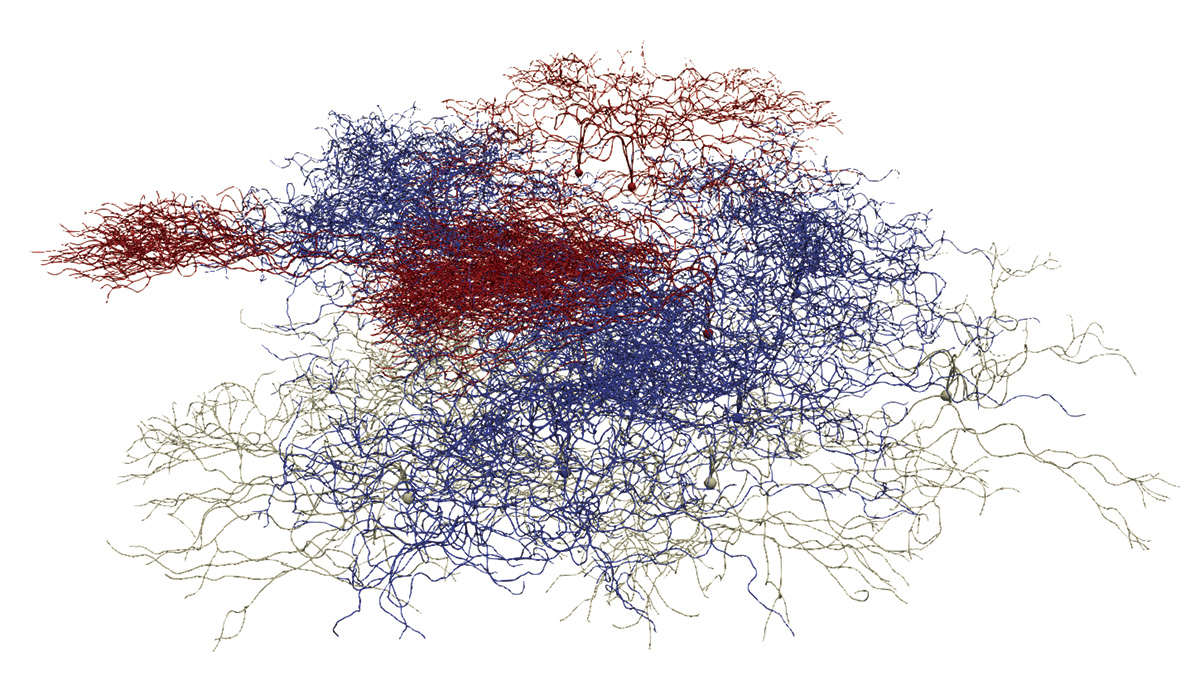
From physics simulation tools to biomedical applications
The expertise of particle physicists in data handling and simulation tools are also increasingly finding applications in the biomedical field. The FLUKA and Geant4 simulation toolkits, for example, are being used in several applications, from detector modelling to treatment planning.
Recently, CERN contributed its know-how in large-scale computing to the BioDynaMo collaboration, initiated by CERN openlab together with Newcastle University, which initially aimed to provide a standardised, high-performance and open-source platform to support complex biological simulations. By hiding its computational complexity, BioDynaMo allows researchers to easily create, run and visualise 3D agent-based simulations. It is already used by academia and industry to simulate cancer growth, accelerate drug discoveries and simulate how the SARS-CoV-2 virus spreads through the population, among other applications, and is now being extended beyond biological simulations to visualise the collective behaviour of groups in society.
Many more projects related to medical applications are in their initial phases. The breadth of knowledge and skills available at CERN was also evident during the COVID-19 pandemic when the laboratory contributed to the efforts of the particle-physics community in fields ranging from data management tools to open-data repositories, and from epidemiologic studies to proximity-sensing devices, such as those developed by Terabee.
Born in this context, the CERN Airborne Model for Indoor Risk Assessment. (CAiMIRA) was developed by CERN to help personnel return to work safely by assessing the risk of COVID-19 infection in enclosed spaces like offices or meeting rooms. This is an easy-to-use tool, which CERN has made openly available on GitLab. Over time, the tool was further optimised thanks to the expertise of different departments at CERN and with the help of worldwide experts in infectious diseases.
The software is constantly being improved with the help of experts at CERN and across the world. CARA has a lot of potential and we are exploring its biomedical applications with other collaborators like the Institute of Global Health at the University of Geneva. Furthermore, recognising its approach to risk assessment of occupational hazards, WHO has invited CERN to become a member of a multidisciplinary working group of international experts, which will work to define a standardised algorithm to quantify airborne transmission risk in indoor settings.

